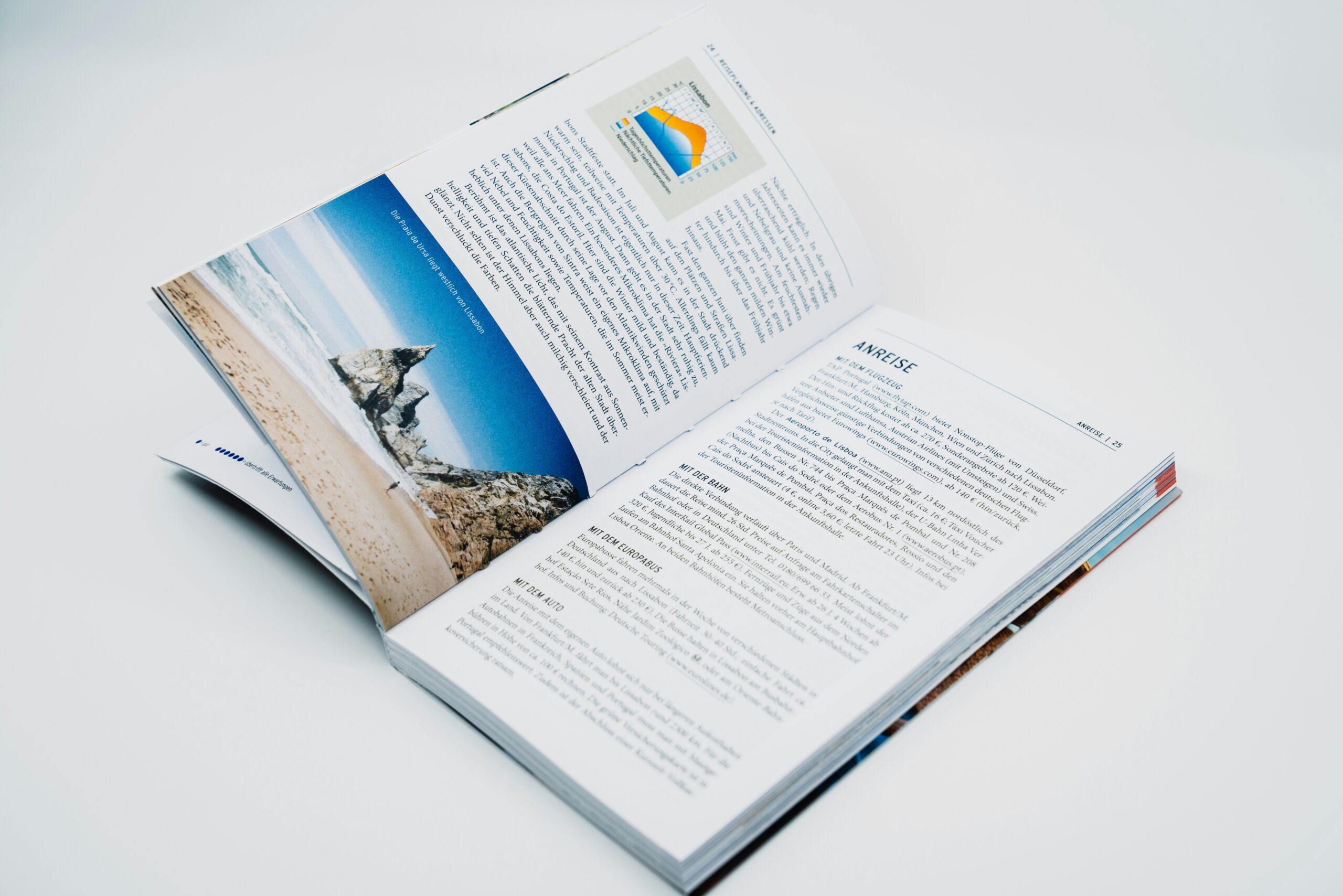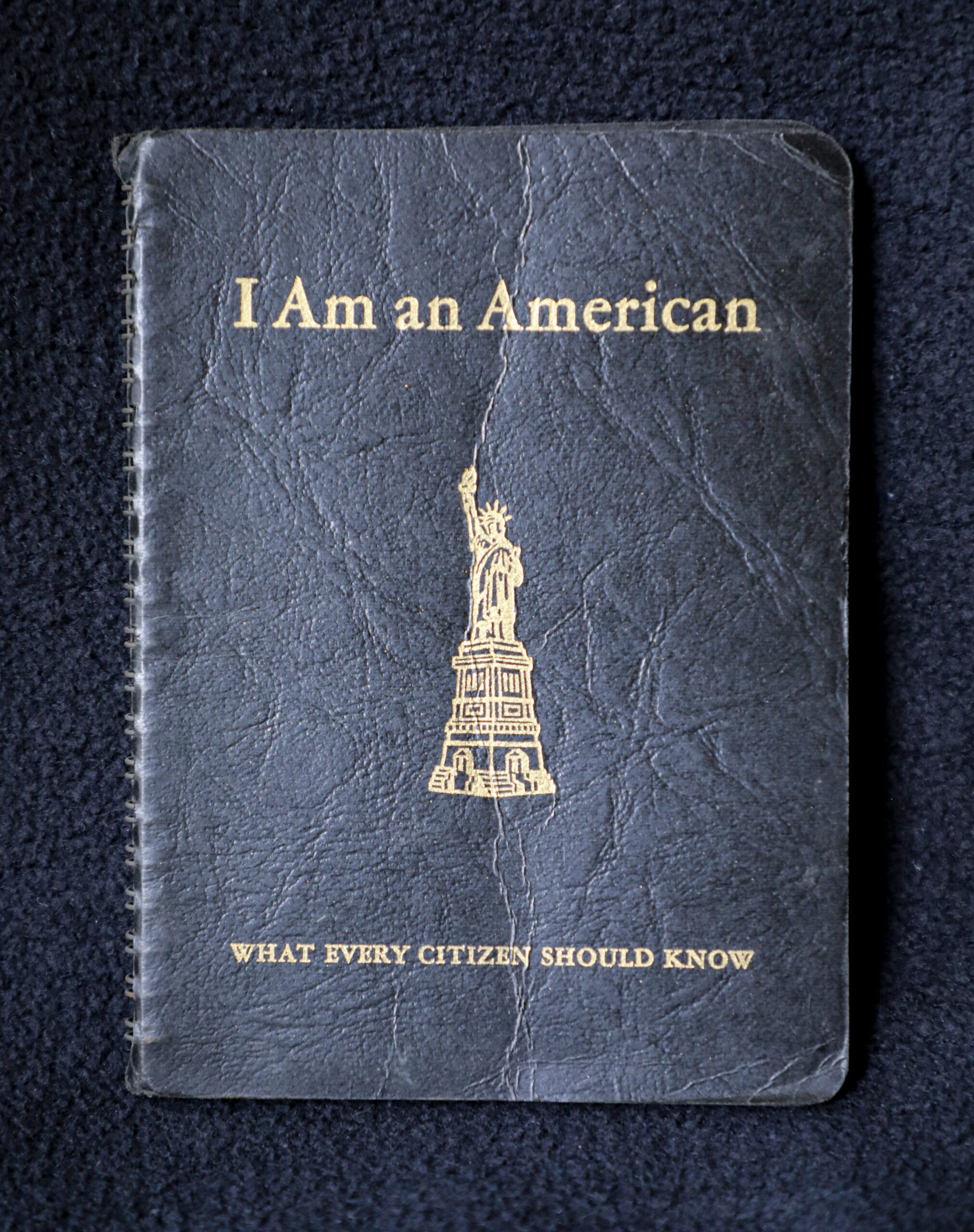Labor Day is a federal holiday in the United States that honors the achievements and struggles of American workers. It is celebrated on the first Monday of September every year, marking the unofficial end of summer and the start of a new season. But how did this holiday come to be? What does it mean for workers today? And how do people around the world celebrate it? In this article, we will explore the origins, significance, traditions, and controversies of Labor Day.
Labor Day in 2023
When is labor day being celebrated this year? Labor day is being celebrated on Monday 4th September 2023
The Origins of Labor Day
The history of Labor Day dates back to the late 19th century, when the Industrial Revolution transformed the American economy and society. Millions of workers, including women and children, labored in factories, mines, railroads, and farms for long hours, low wages, and unsafe conditions. They faced exploitation, discrimination, and oppression from their employers and the government.
To fight for their rights and dignity, workers organized themselves into unions and associations. They demanded better pay, shorter hours, safer workplaces, and social benefits. They also staged strikes, rallies, boycotts, and protests to pressure their bosses and lawmakers. Some of these actions turned violent and bloody, such as the Haymarket Riot in Chicago in 1886, the Pullman Strike in 1894, and the Homestead Steel Strike in 1892

The idea of a national holiday to honor workers emerged from this turbulent period. The first Labor Day parade was held in New York City on September 5, 1882, organized by the Central Labor Union. About 10,000 workers marched from City Hall to Union Square, carrying banners and signs that read “Eight Hours for Work, Eight Hours for Rest, Eight Hours for Recreation” and “Less Work and More Pay” . The parade was followed by a picnic, speeches, and entertainment.
The idea caught on in other cities and states, and many workers took unpaid time off to join the celebrations. In 1887, Oregon became the first state to pass a law recognizing Labor Day as a legal holiday. By 1894, 23 more states had adopted the holiday . On June 28 of that year, Congress passed an act making Labor Day a national holiday 5. The act was signed by President Grover Cleveland as a gesture of conciliation after he had sent federal troops to crush the Pullman Strike .
The Significance of Labor Day
Labor Day is more than just a day off from work or school. It is a day to celebrate the contributions and achievements of American workers in building and sustaining this nation. It is also a day to reflect on the challenges and opportunities that workers face in a changing economy and society.
Labor Day is a tribute to the labor movement that fought for workers’ rights and social justice. It is a reminder of the values and ideals that motivated workers to organize and act collectively. It is also an acknowledgment of the sacrifices and hardships that workers endured in their struggle for dignity and democracy.
Labor Day is also a recognition of the diversity and solidarity of American workers. It is a celebration of the different occupations, skills, backgrounds, cultures, and identities that make up the workforce. It is also an expression of the common interests, goals, and aspirations that unite workers across industries and sectors.
Labor Day is also an occasion to look ahead to the future of work. It is an opportunity to examine the trends and forces that shape the labor market and the workplace. It is also a chance to envision new ways of working that are more productive, innovative, inclusive, and sustainable.
Labor Day Celebrations and Traditions
Over the years, Labor Day has evolved from a political rally to a social festival. Today, many Americans celebrate Labor Day with family and friends by enjoying various activities such as:
- Attending parades or festivals: Some cities still hold union-organized parades or festivals for Labor Day. They are great opportunities to enjoy the sunshine and spend time with others who are celebrating .
- Hosting or joining parties or picnics: Many people invite their relatives or neighbors to celebrate Labor Day with them. They throw barbecues or potlucks and serve food and drinks. They also set up decorations and play music to create a festive atmosphere.
- Watching or playing sports: Labor Day often marks the start or end of sports seasons. Many people watch or attend football games or baseball games on TV or at stadiums. Others play sports like golf or tennis with their friends or family.
- Shopping or browsing sales: Labor Day is also a popular time for retailers to offer discounts and promotions on various products and services. Many people take advantage of these deals to buy clothes, furniture, electronics, or travel packages.
- Traveling or exploring: Labor Day is also a good time to take a short trip or explore a new place. Many people visit national parks, beaches, lakes, or mountains to enjoy nature and relax. Others go to museums, historical sites, or cultural events to learn and have fun.
Labor Day in Different Countries
Labor Day is not unique to the United States. Many other countries around the world have similar holidays to honor workers and their achievements. However, they may have different names, dates, origins, and traditions. Here are some examples:
- International Workers’ Day: Also known as May Day or Labour Day, this holiday is celebrated on May 1 in more than 60 countries, mostly in Europe, Asia, Africa, and Latin America. It originated from the Haymarket Riot in Chicago in 1886, when workers demanded an eight-hour workday. It is often marked by parades, rallies, speeches, and demonstrations.
- Canada Labour Day: This holiday is celebrated on the first Monday of September in Canada, the same as in the United States. It originated from a printers’ strike in Toronto in 1872, when workers protested against long hours and low wages. It is often marked by parades, fairs, fireworks, and concerts.
- Australia Labour Day: This holiday is celebrated on different dates in different states and territories of Australia, ranging from March to October. It originated from the stonemasons’ strike in Melbourne in 1856, when workers won the right to an eight-hour workday. It is often marked by marches, festivals, carnivals, and sports.
- China Labor Day: This holiday is celebrated on May 1 in China, along with International Workers’ Day. It originated from the Communist Party’s declaration of solidarity with workers around the world in 1920. It used to be a week-long holiday until 2008, when it was shortened to one day. It is often marked by travel, shopping, entertainment, and leisure.
Famous Labor Movements and Protests
Labor Day is also a time to remember some of the famous labor movements and protests that shaped the history of workers’ rights and social change. Here are some examples:
- The Bread and Roses Strike: This was a strike by textile workers in Lawrence, Massachusetts in 1912. They protested against wage cuts and poor working conditions. They also demanded dignity and respect for their work. They used the slogan “We want bread and roses too” to express their desire for both material and spiritual needs.
- The Delano Grape Strike: This was a strike by farm workers in Delano, California from 1965 to 1970. They protested against low pay and harsh treatment by grape growers. They also demanded union recognition and collective bargaining rights. They were led by Cesar Chavez and Dolores Huerta of the United Farm Workers.
- The Memphis Sanitation Workers Strike: This was a strike by sanitation workers in Memphis, Tennessee in 1968. They protested against racial discrimination and unsafe working conditions. They also demanded higher wages and benefits. They used the slogan “I am a man” to assert their humanity and dignity.
- The Postal Workers’ Strike: This was a strike by postal workers across the United States in 1970. They protested against low pay and poor working conditions. They also demanded better job security and representation. They defied federal law and faced possible imprisonment for their action.
- The Air Traffic Controllers’ Strike: This was a strike by air traffic controllers across the United States in 1981. They protested against long hours and high stress levels. They also demanded higher pay and benefits. They were fired by President Ronald Reagan for violating their oath of service.
Labor Day and the Modern Workforce
Labor Day is also a reflection of the changes and challenges that the modern workforce faces in a globalized and digitalized world. Here are some examples:
- The rise of remote work: More workers are able to work from home or anywhere they choose thanks to technology and flexibility. This can offer benefits such as convenience, autonomy, and productivity. However, it can also pose challenges such as isolation, communication, and work-life balance.
- The growth of gig work: More workers are engaging in short-term or freelance work rather than traditional employment. This can offer benefits such as variety, opportunity, and creativity. However, it can also pose challenges such as insecurity, instability, and exploitation.
- The impact of automation: More workers are facing the threat or opportunity of automation replacing or enhancing their jobs thanks to artificial intelligence and robotics. This can offer benefits such as efficiency, accuracy













